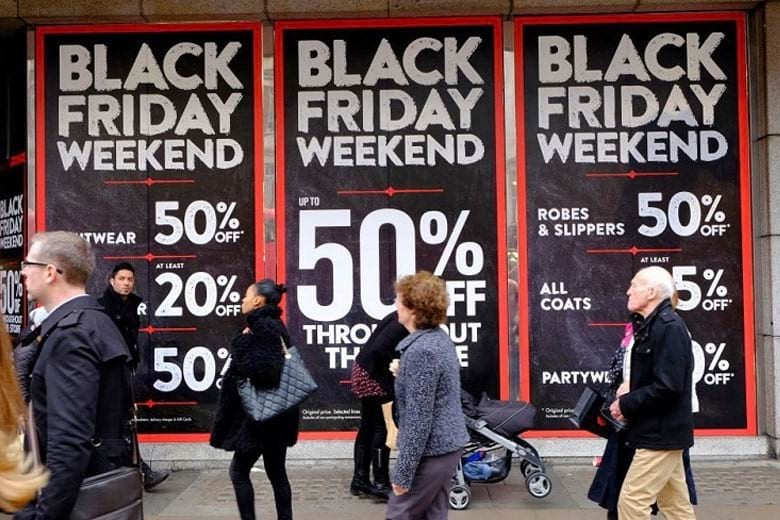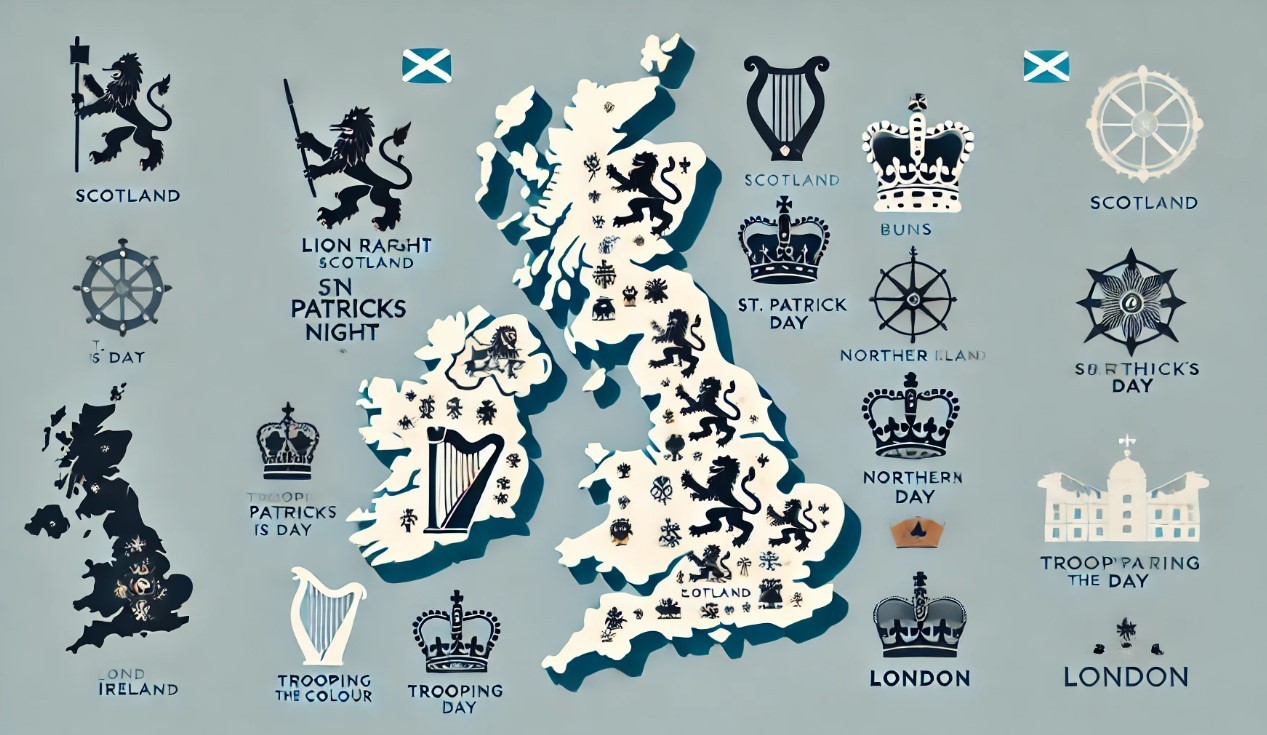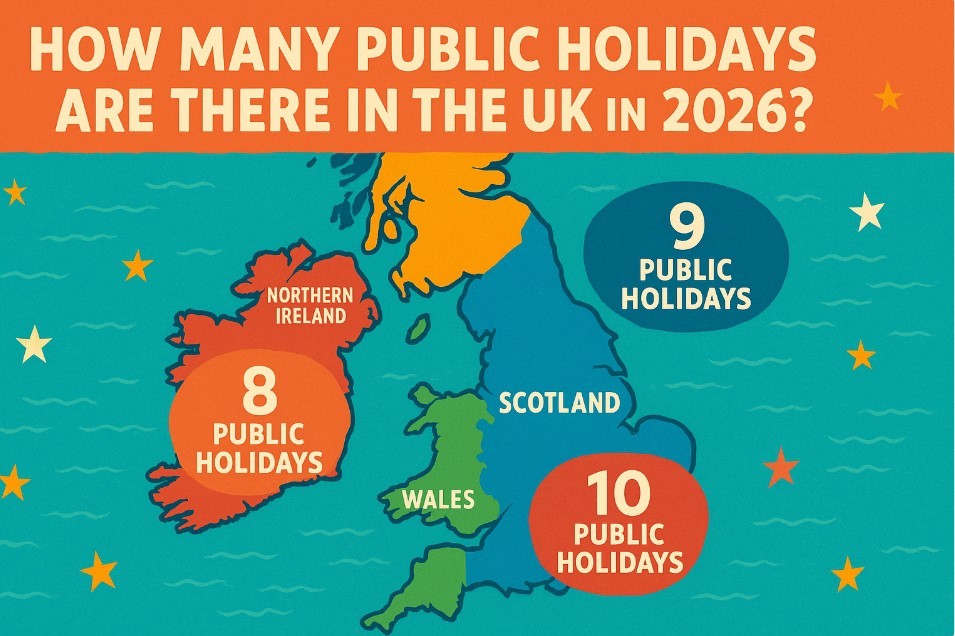What Are B2B Sales: Types, Tips For Successful Sales
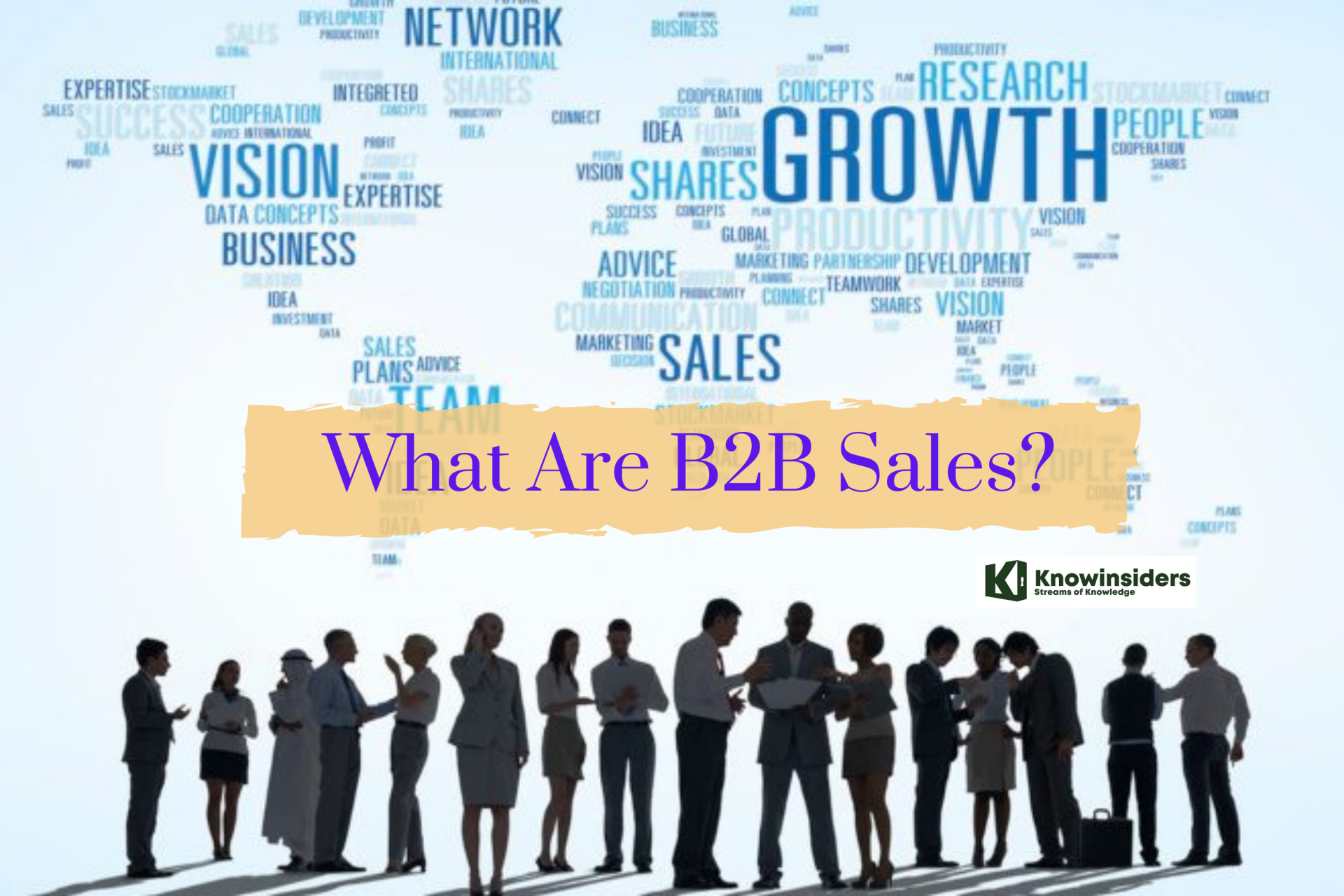 |
| B2B Sales. Photo: KnowInsiders |
B2B sales, or business-to-business, refers to transactions that occur between two businesses. In its most basic form, one company or business sells a product or service to another business. A common example is a tech company that sells digital marketing software to other companies — that's a B2B sale.
There are numerous different sorts of business all over the world. Some of them are quite small, selling a limited number of products to customers locally, while others are enormous empires with outlets located across the globe.
Despite such a vast range of types of businesses, there a few things that apply to all companies. One such thing is sales – all businesses need to sell something in order to generate revenue to survive and, hopefully, thrive.
Definition: What are B2B Sales?
The textbook definition of B2B sales is businesses selling to other businesses. So, for example, it might mean a paper manufacturer selling to a printer, or a heavy machinery manufacturer selling its products to a factory. On the other hand, selling to consumers is called B2C sales, which means Business to Customer sales (for example, a grocery store selling to shoppers).
As with other types of sales, achieving a ‘B2B sell’ involves a business marketing to potential customers and then nurturing and eventually selling to them. They need to take into account the prospect’s industry, their turnover, and any other factors that will determine if they have a need and can afford the product being sold.
What is a B2B sales representative?
A B2B sales representative (or simply “sales rep”) is a customer-facing professional who seeks and builds relationships with corporate decision-makers to sell the company’s solutions, directly contributing to building relationships between organizations, portfolio growth, and revenue generation.
Following a playbook based on the company’s sales team sales process, B2B sales reps leverage a vast array of professional sales skills, techniques, and tools to build trusted and long-lasting relationships with potential buyers and recommend solutions that best meet their needs.
The range of daily duties of an average B2B sales representative includes:
* selling organization’s solutions to boost profit (including searching for new potential customers and retaining the existing ones, explaining the product advantages, servicing them in many ways, controlling online transactions and sales, achieving weekly, quarterly, monthly, and annual volume and margin sales targets);
* building strong relationships with the key customer accounts to maintain a great level of service and customer loyalty;
* providing customers with an expected budget, payment agreements, and delivery estimates (including drafting contracts, managing pricing, sales data, and activity reports, soliciting purchase orders, conducting post-sale follow-ups);
* creating periodical reports based on sales;
* performing different administrative duties;
* keeping up with current market trends;
* monitoring and overseeing the activities of the other sales team members.
Understanding Business-to-Business (B2B)
 |
Business-to-business transactions are common in a typical supply chain, as companies purchase components and products such as other raw materials for use in the manufacturing processes. Finished products can then be sold to individuals via business-to-consumer transactions.
In the context of communication, business-to-business refers to methods by which employees from different companies can connect with one another, such as through social media. This type of communication between the employees of two or more companies is called B2B communication.
What’s the difference between B2B outside sales reps and B2B inside sales reps?
In B2B sales, outside sales professionals often operate outside of an office because they are meeting with prospects and clients or presenting at an event. On the other hand, inside sales professionals engage clients remotely through cold calling, emailing, and video conferencing.
Inside sales professionals can close deals without ever personally meeting their customers. In contrast, outside sales reps almost always make a sale during or shortly after a personal meeting with clients.
This difference in engagement approach requires different skill sets and selling techniques required for either practice. For example, outside sales professionals leverage in-depth product knowledge and in-person communication skills while inside sales professionals become adept in the use of CRMs, a shared sales process, email, and social media.
Recently, however, the line between inside and outside sales has started to blur as outside sales reps begin using the same communication technologies as well as engagement strategies favored by inside sales professionals.
B2B E-Commerce
Late in 2018, Forrester said the B2B e-commerce market topped $1.134 trillion—above the $954 billion it had projected for 2018 in a forecast released in 2017. That's roughly 12% of the total $9 trillion in total US B2B sales for the year. They expect this percentage to climb to 17% by 2023. The internet provides a robust environment in which businesses can find out about products and services and lay the groundwork for future business-to-business transactions.
Company websites allow interested parties to learn about a business's products and services and initiate contact. Online product and supply exchange websites allow businesses to search for products and services and initiate procurement through e-procurement interfaces. Specialized online directories providing information about particular industries, companies and the products and services they provide also facilitate B2B transactions.
Special Considerations
Business-to-business transactions require planning to be successful. Such transactions rely on a company’s account management personnel to establish business client relationships. Business-to-business relationships must also be nurtured, typically through professional interactions prior to sales, for successful transactions to take place.
Traditional marketing practices also help businesses connect with business clients. Trade publications aid in this effort, offering businesses opportunities to advertise in print and online. A business’s presence at conferences and trade shows also builds awareness of the products and services it provides to other businesses.
Key features of B2B sales process
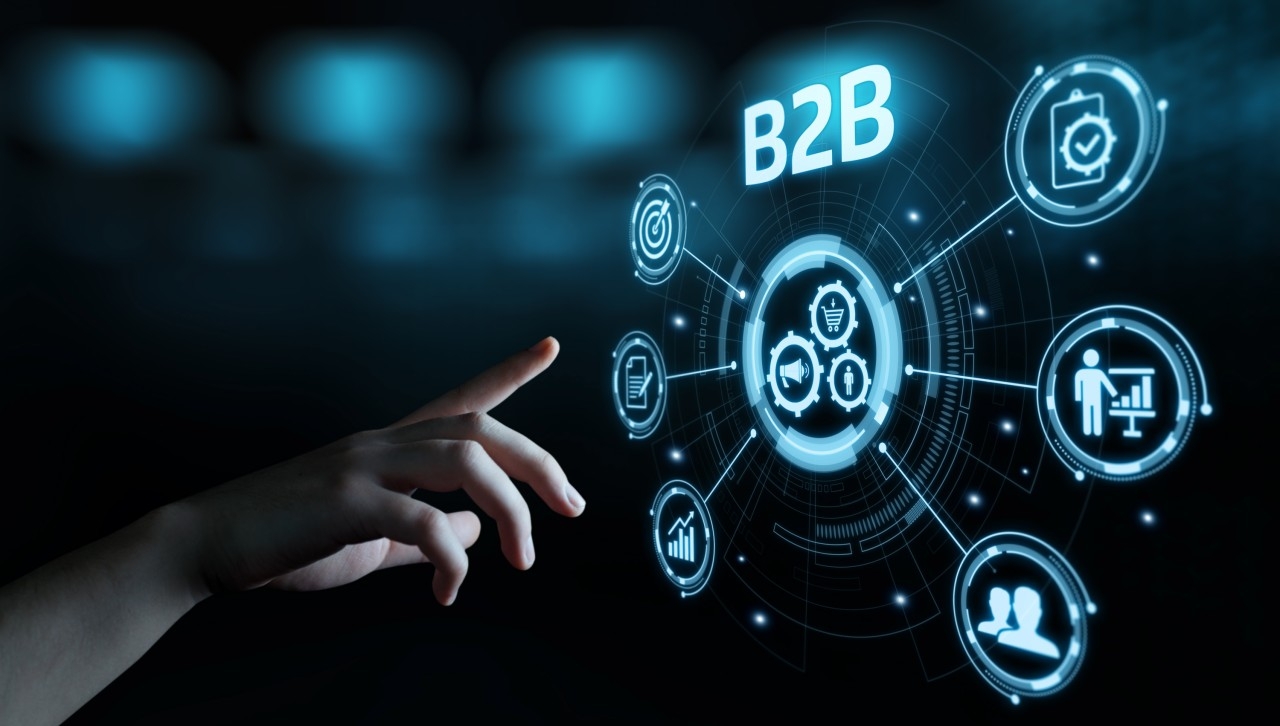 |
B2B selling is a sophisticated process that requires a carefully planned, well-thought-out, and successfully implemented sales strategy to achieve success.
The sales process follows a well-defined series of stages, actions, and events, and implies using a wide range of sales methods, chosen depending on the types of buyers and situations.
The number of stages in the B2B sales process is determined by the type of industry in which the company operates and the characteristics of the company itself. Typically, this is a sales cycle of 5-8 stages:
* Lead generation (finding sales-qualified leads).
* Discovery (or the research stage).
* Qualification (assessing the prospect’s suitability as a customer).
* Pitch (hitting on key points of value that are relevant to prospects).
* Objection handling (repositioning an offer in a way that answers prospects’ questions).
* Closing (the final stage of convincing the prospect that your solution fits their needs).
Follow up (providing next steps, a summary or a recording of your conversation, additional useful information after the sales call).
Check-in (after the prospect becomes the client and has bought your product/service, reach out one more time to find out how he is doing).
A Typical Business To Business Selling Process
Inbound Lead Qualification
A typical inbound B2B sales process might start with Marketing generating a portion of leads via forms, trade shows, email marketing, advertising and other channels. These inbound leads would then be qualified by an inbound-focused SDR. Often the lead will simply be disqualified based on a variety of factors. But when leads are qualified, the inbound-focused SDR would then turn the now sales-qualified lead over to the AE for a demo.
Outbound Prospecting
In many healthy B2B sales organizations there are also outbound focused reps. Using tactics like cold calling, cold emails, social media connections and more, these outbound SDRs (i.e. hunters) find potential prospects that fit ideal customer buying profiles. They often reach out in a cadence (that typically requires multiple touch points including calls, email, text and social) until they can initiate a conversation with a potential buyer. After qualifying this lead, the outbound SDR would then hand the buyer off to an AE for a demo.
The B2B Demo
During the B2B demo, the AE has to learn how to best help the prospective company. This involves asking questions, understanding prospect pain points and working with them to discover an ideal solution to those pain points (if one indeed exists). Great B2B AEs are masters at building rapport, overcoming objections, coming up with out-of-the-box solutions and above all, they are great listeners. Giving a great demo is part art form and part science. Here at Revenue.io we offer AI-based tools that help sales coaches uncover best practices that drive powerful outcomes during demos. So coaches can discover which best practices can be scaled across the entire team.
From Demo to Deal
If a demo goes well, then an AE will have an internal champion inside the customer company. The AEs job then is to empower that internal champion to do selling within the company to other key stakeholders. AEs will often collaborate with Marketing teams on decks, sales collateral, battlecards vs. key competitors (during competitive deals), ROI calculators and other collateral that helps move deals forward. One way to look at it is that buyers often have a series of buying jobs (e.g. calculating ROI). And B2B sellers should be enabling those buyers with tools to get their jobs done (e.g. an ROI calculator). Late in the sales cycle, during the contract phase, B2B deals typically go through Procurement and Legal prior to gaining approval.
Customer Success
When contracts are signed, this is hardly the end of a B2B sales cycle. Customer success reps (a hybrid between sales and support reps) often work with customers to ensure that they are successful with the product. This is key, because in B2B sales, customer retention and expansion are vital. In fact, many companies employ a business model entitled “Land and Expand.” The goal here is to sign a smaller deal upfront, ensure that the customer is successful and then grow the deal size steadily over time. Smart B2B companies realize that their most effective salespeople are often going to be their customers. A killer case study or testimonial can be absolute gold. After all, it’s one thing to hear how great a solution is from Joe Salesrep. But watching a video of a high-level executive at a Fortune 500 company sing the praises of a solution is going to be so much more powerful.
Tips for conducting successful B2B sales
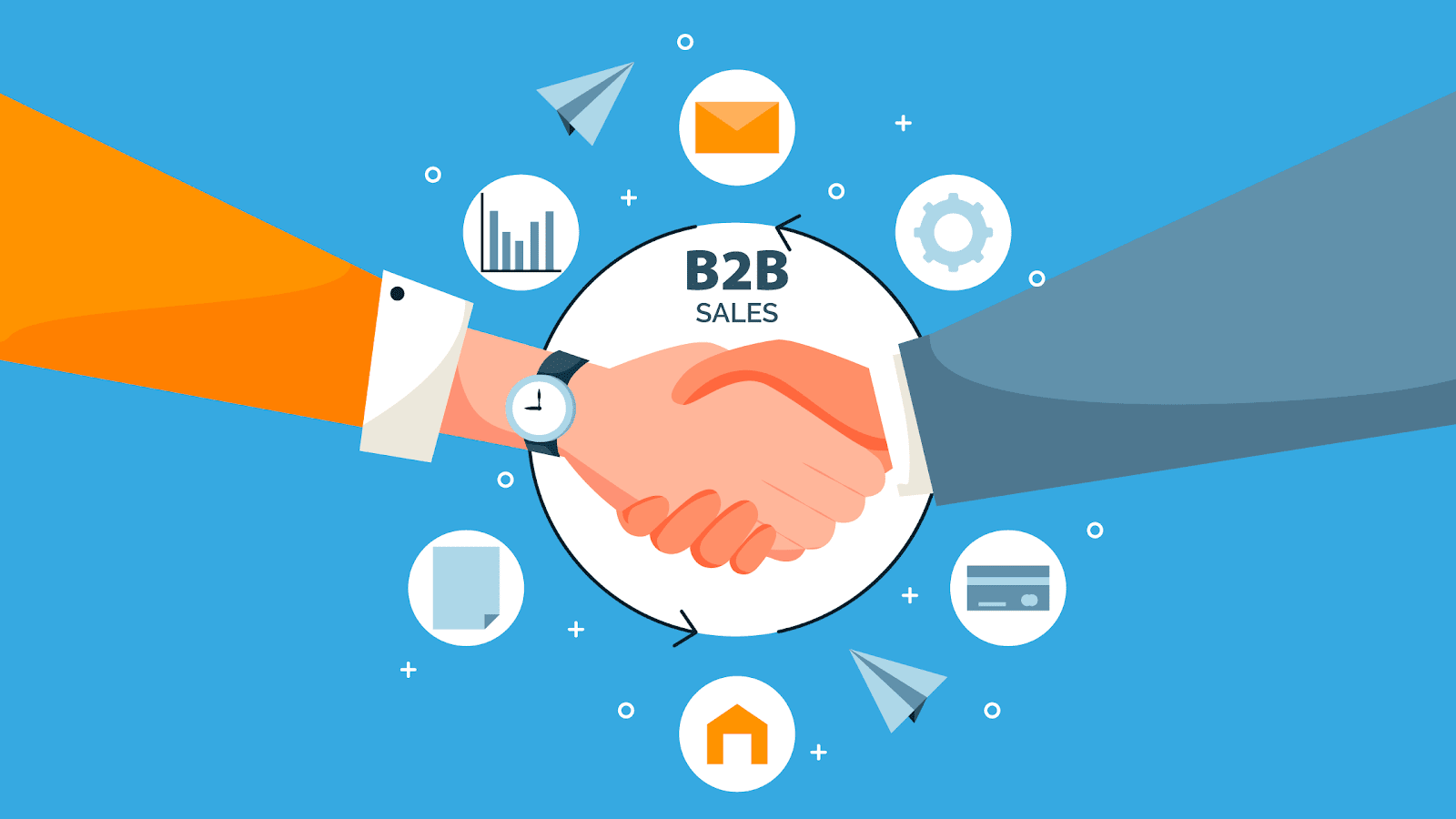 |
What businesses today want from their B2B partners is a collaborative approach where the focus is less transactional and more consultative. With that in mind, here are three sales tips to improve your approach to the B2B sales cycle and ensure a satisfying transaction for all parties involved.
Tip 1: Use a customer relationship management (CRM) software
You can use a customer relationship management (CRM) software or a B2B email marketing tool with a built-in CRM to generate and track prospects and build better relationships throughout the sales funnel.
Some of the most well-known and popular options are Hubspot, Pipedrive, and Salesforce.
Other options, such as Agile or Zoho, are great for small businesses or sole proprietors conducting B2B sales who may not consider themselves very tech-savvy.
Tip 2: Focus on solution-based sales
Ask prospective clients tough questions that really dig down into their business challenges.
What are the company’s goals? What would they do with more resources or time? What is the company struggling with?
Tip 3: Understand that B2B sales is a long game
Put in the effort to build and maintain great relationships that lead to happy clients who want to come back and purchase again and again.
That means follow-up emails to make sure your customers are happy with their purchases, and fixing it or making it right when they’re not.
Example of Business-to-Business (B2B)Business-to-business transactions and large corporate accounts are commonplace for firms in manufacturing. Samsung, for example, is one of Apple's largest suppliers in the production of the iPhone. Apple also holds B2B relationships with firms like Intel, Panasonic and semiconductor producer Micron Technology. B2B transactions are also the backbone of the automobile industry. Many vehicle components are manufactured independently, and auto manufacturers purchase these parts to assemble automobiles. Tires, batteries, electronics, hoses and door locks, for example, are usually manufactured by various companies and sold directly to automobile manufacturers. Service providers also engage in B2B transactions. Companies specializing in property management, housekeeping, and industrial cleanup, for example, often sell these services exclusively to other businesses, rather than individual consumers. |
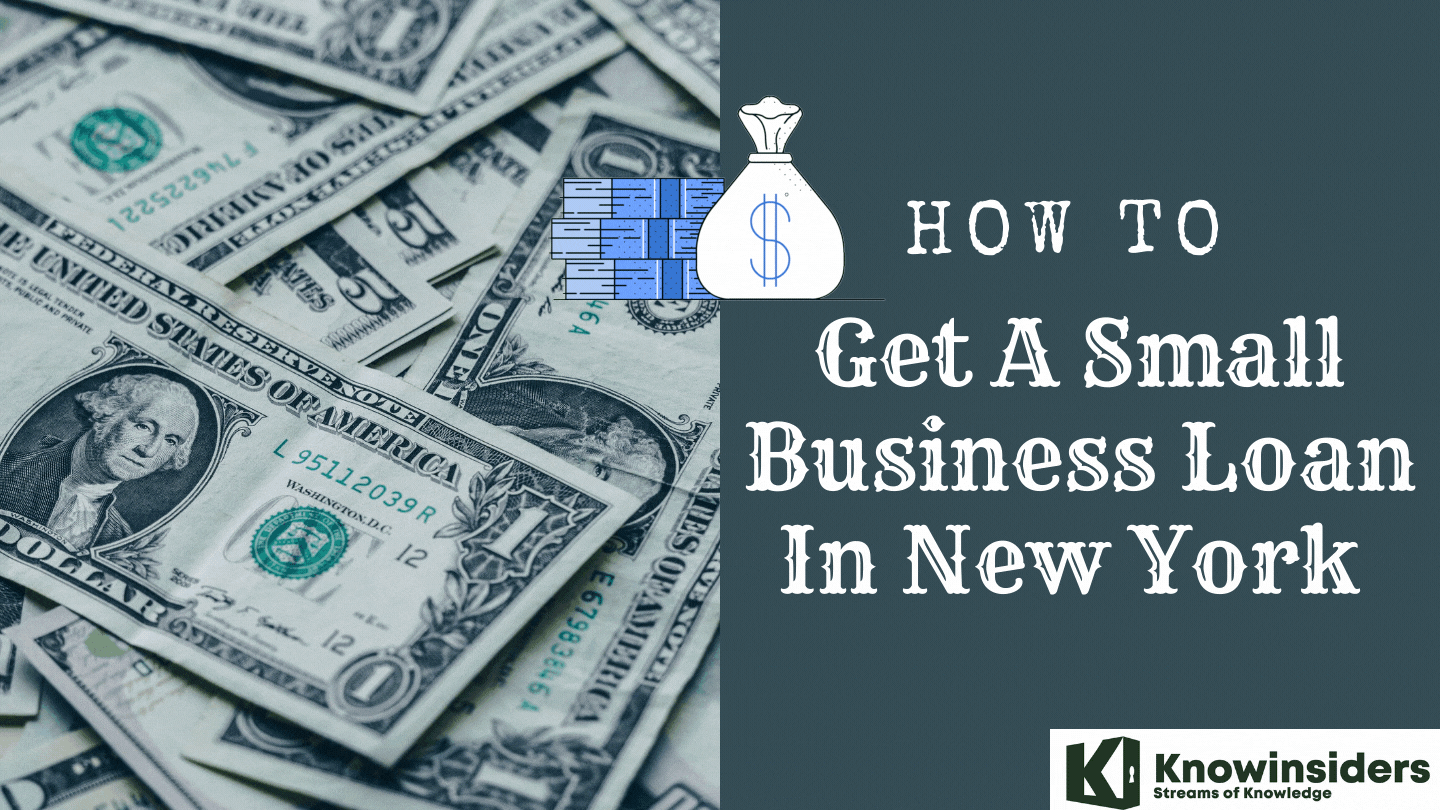 How To Get A Small Business Loan in New York How To Get A Small Business Loan in New York If you are wanting to open a business in the New York, this guide will help you solve your problems with small business loans and ... |
 How To Get A Small Business Loan In America How To Get A Small Business Loan In America If you are looking for ways to begin your business in America, it is essential to understand what a small business loan is and how ... |
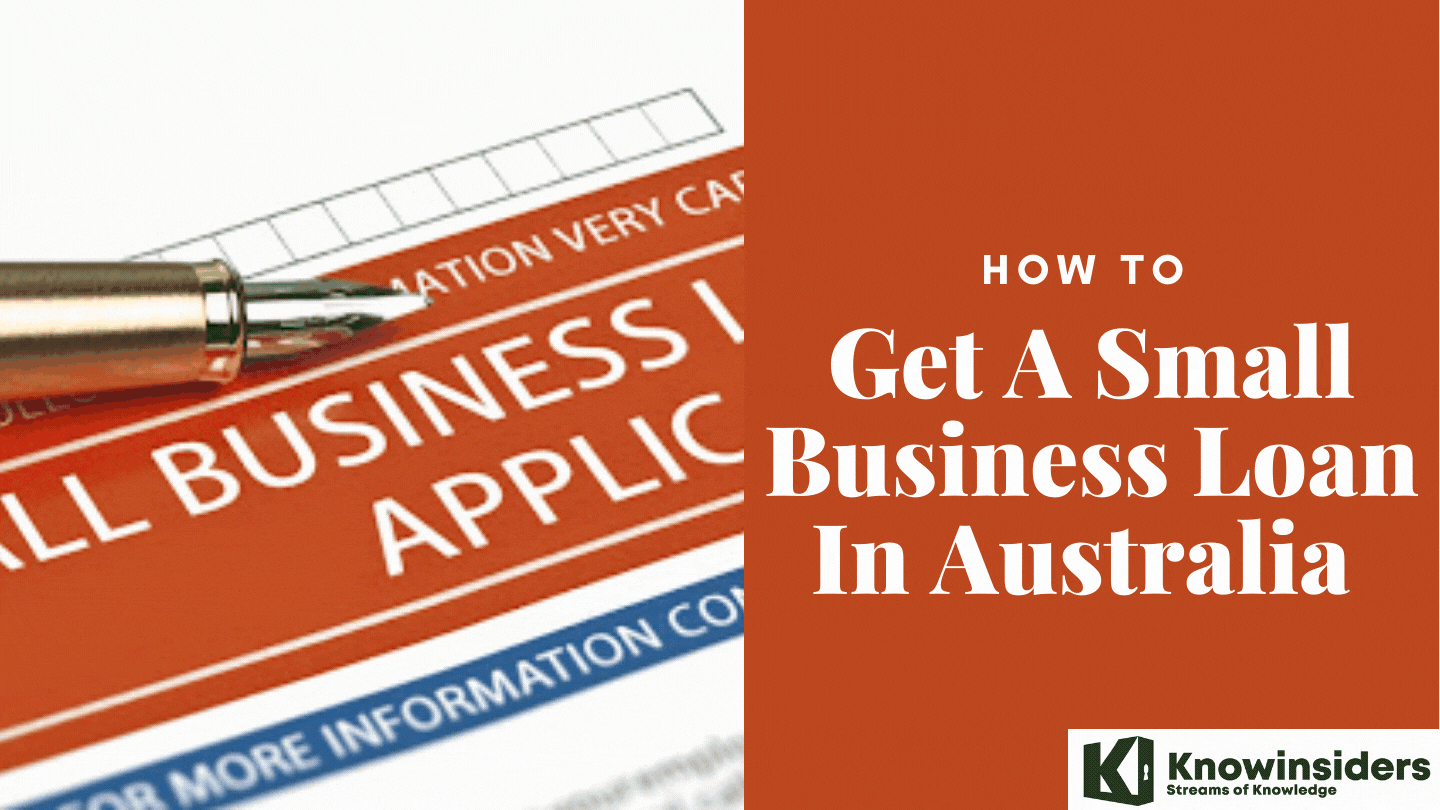 How To Get A Small Business Loan In Australia How To Get A Small Business Loan In Australia If you are looking for ways to begin your business in Australia, it is important and necessary to understand what a small business loan is ... |

